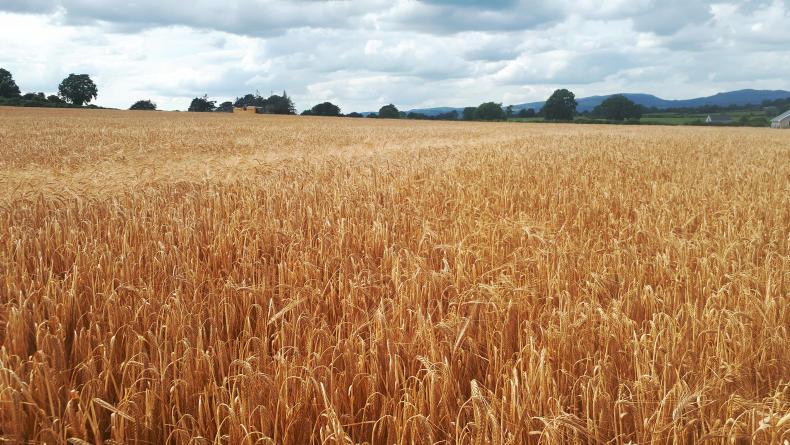For tillage farmers, cropping decisions can’t wait much longer. The weather is up, and it’s time to plant.
Planting now means harvesting in five to eight months time. A lot could happen between now and then.
And with the extremely high cost of inputs, things going badly wrong could break farmers.
Can anything be done? Perhaps.
There are two main risks – price collapse and crop failure. For the first, what is needed is for farmers to de-risk by selling forward into what are record markets.
Some might say prices are more likely to go up than down, but this is hardly a year for rolling the dice if a safer option is available.
Farmers, grain merchants and the feed trade all need to hold hands to put a decent price on the table now. This would allow farmers to grow optimum output crops despite the cost of inputs.
The bigger threat is that of crop failure.
We could have drought like in 2018, we could have horrible harvest conditions like in 2016. Could the Government look at securing crop insurance to guard against such disaster?
The lower the yield trigger, the lower the cost, so perhaps 5t/ha (2t/ac) for spring barley as a base? Crops qualifying would be inspected prior to harvesting.
t’s likely such weather-influenced crop failure would be localised, so the insurance premium might reflect that any payout would probably be on a fraction of the national harvest only.
There’s little point crossing our fingers, hoping for the best and then calling for compensation next November.
Crop insurance is available. It’s a tool commonly used as a government support in the US. It’s worth exploring as a once-off here, in a uniquely challenging and dangerous year for farming.
Tillage scheme questioned by some
Some tillage farmers say the measures announced on Tuesday discriminate against specialist tillage farmers. The requirement to plant a crop in land previously in grass excludes most grain growers, who have no such land.
Cork grower Jim O’Regan said: “Why not pay a tillage farmer who increases area under arable crops, whatever the previous land use. Ploughing up good grassland will take away from the forage area of the country, yet that’s being encouraged,” he said.
Tillage growers are questioning if the measures will simply see ground earmarked for reseeding planted with a tillage crop and undersown with grass, gaining the €400/ha. One tillage farmer reported that an agreed lease he secured of a grassland farm fell through following Tuesday’s announcement of the scheme.






 This is a subscriber-only article
This is a subscriber-only article










SHARING OPTIONS: